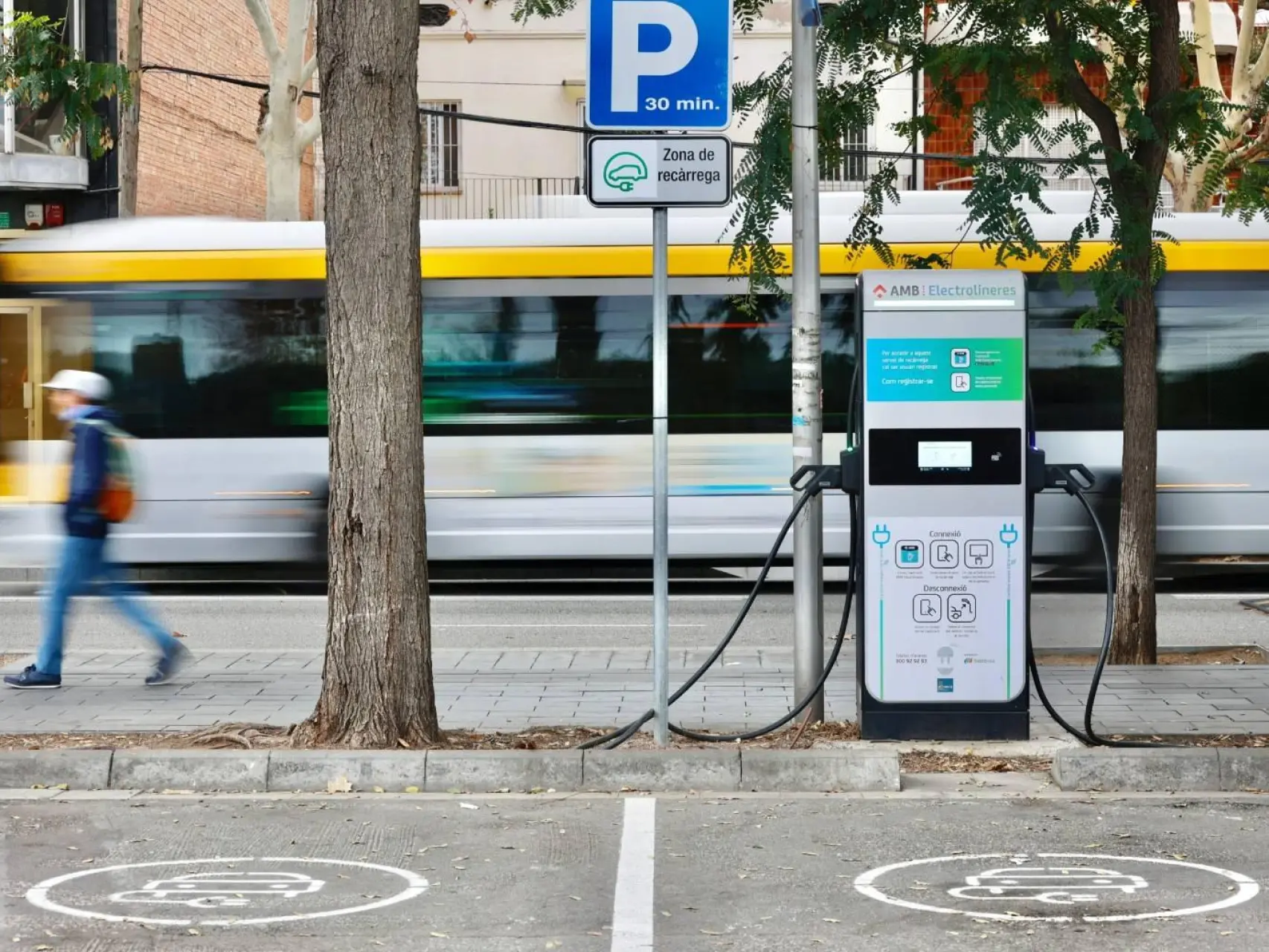The transition to electric vehicles (EVs) is a pivotal component of global efforts to reduce greenhouse gas emissions and combat climate change. In metropolitan areas, the development of EV charging infrastructure in public spaces is essential to support this transition. Leveraging renewable energy sources, particularly solar power, can enhance the sustainability and resilience of these charging networks. This whitepaper examines the current state of EV charging infrastructure in metropolitan areas, explores the integration of solar power, and provides strategic recommendations for future development.
Introduction
The electrification of transportation is accelerating, with EVs becoming increasingly prevalent in urban centers. To accommodate this growth, robust and accessible charging infrastructure is necessary. Public spaces, including streets, parking lots, and transit hubs, offer strategic locations for deploying charging stations. Integrating solar power into these installations presents an opportunity to utilize renewable energy, reduce grid dependency, and promote sustainable urban development.
Current Landscape of EV Charging Infrastructure
As of 2021, Australia had over 3,000 public charging stations, with a ratio of 7.2 electric vehicles per installed public charger. The federal government has pledged $74.5 million towards charging infrastructure, recognizing its importance in the nation's transition to electric mobility. Additionally, private sector initiatives, such as Evie Networks' plan to invest $25 million in 300 Australian-made Tritium chargers, are contributing to the expansion of the charging network.
Challenges in Urban EV Charging Deployment
Despite progress, challenges persist in deploying EV charging infrastructure in metropolitan areas:
Space Constraints: High population density and limited available land in urban centers make it difficult to find suitable locations for charging stations.
Grid Capacity: The existing electrical grid may require upgrades to handle the increased load from multiple high-capacity chargers operating simultaneously.
Equity Considerations: Ensuring equitable access to charging infrastructure across diverse urban neighborhoods is essential to prevent the emergence of "charging deserts."
Leveraging Solar Power in EV Charging
Integrating solar energy into EV charging infrastructure offers several benefits:
Renewable Energy Utilization: Solar-powered chargers reduce reliance on fossil fuels, decreasing the carbon footprint of EVs.
Grid Independence: Solar installations with battery storage can operate independently of the grid, enhancing resilience during power outages.
Cost Savings: Over time, solar energy can lower operational costs associated with electricity consumption.
Case Study: Barcelona's MetroCharge Project
Barcelona's MetroCharge project exemplifies innovative integration of renewable energy into urban EV charging. The initiative utilizes energy recovered from subway trains' regenerative braking systems to power subway stations and provide electricity for street-level EV charging points. This approach not only enhances energy efficiency but also supports the city's broader clean energy and climate goals.
Strategies for Effective Implementation
To successfully develop solar-powered EV charging infrastructure in metropolitan public spaces, consider the following strategies:
Public-Private Partnerships: Collaborations between government agencies and private enterprises can mobilize resources and expertise, facilitating large-scale infrastructure projects.
Innovative Design Solutions: Utilizing existing urban structures, such as integrating chargers into streetlights or repurposing car washes, can mitigate space constraints and reduce installation costs.
Policy Support and Incentives: Government policies that provide financial incentives, streamline permitting processes, and set renewable energy targets can accelerate infrastructure development.
Community Engagement: Involving local communities in planning and decision-making ensures that infrastructure meets the needs of diverse urban populations and promotes equitable access.
The integration of solar-powered EV charging infrastructure in metropolitan public spaces is a critical step towards sustainable urban mobility. By addressing challenges related to space, grid capacity, and equity, and by implementing strategic solutions, cities can support the growing adoption of electric vehicles and contribute to broader energy transition goals.
Recommendations
Conduct Feasibility Studies: Assess the technical and economic viability of potential sites for solar-powered charging stations.
Develop Comprehensive Urban Plans: Incorporate EV charging infrastructure into broader urban planning initiatives to ensure cohesive development.
Invest in Grid Modernization: Upgrade electrical grids to accommodate increased demand from EV charging and integrate renewable energy sources effectively.
Promote Public Awareness: Educate citizens about the benefits of EVs and the availability of charging infrastructure to encourage adoption.
By following these recommendations, metropolitan areas can enhance their EV charging infrastructure, leverage solar power, and advance the energy transition towards a sustainable future.






Comments